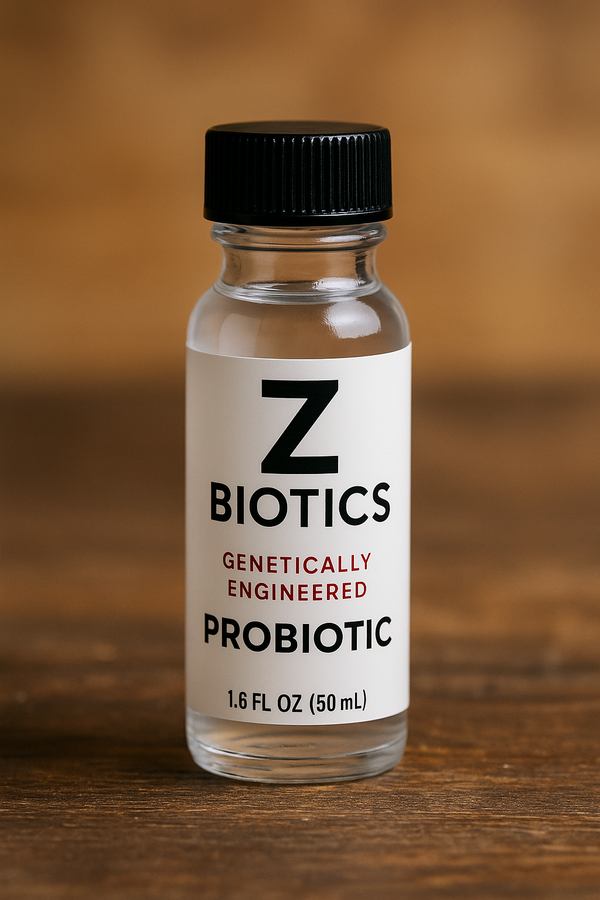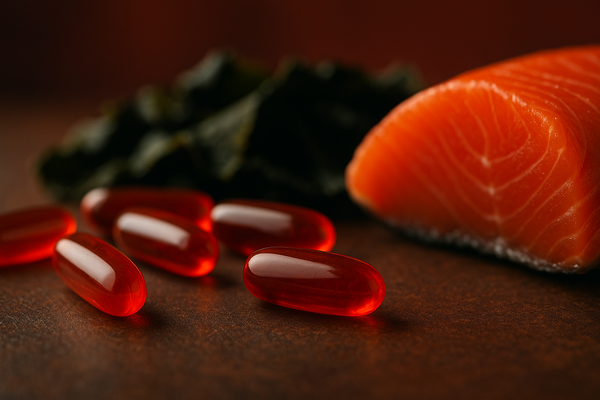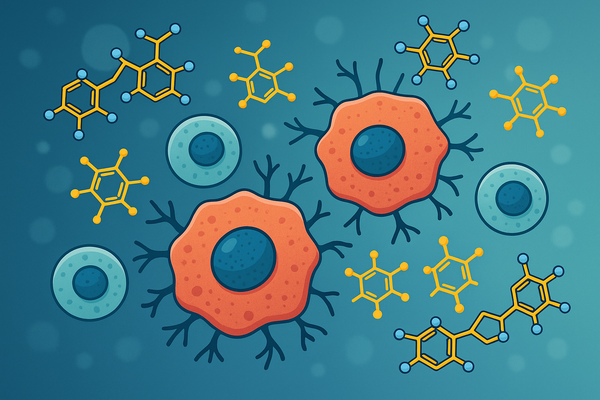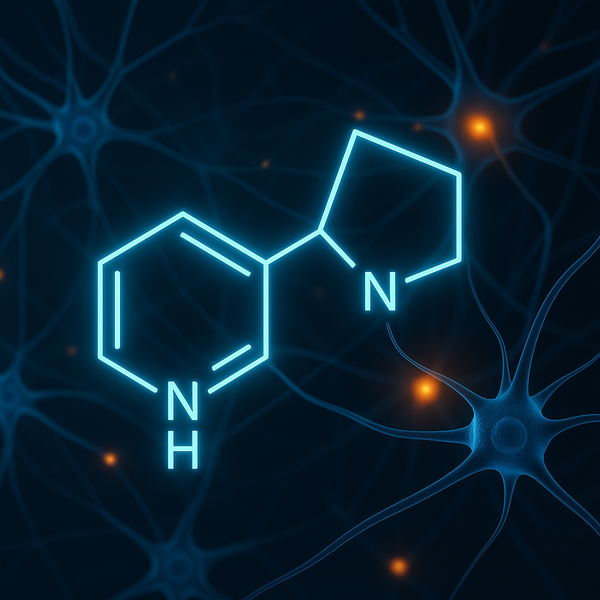Methylene Blue: Hype or Hope for Mitochondrial Health and Longevity?
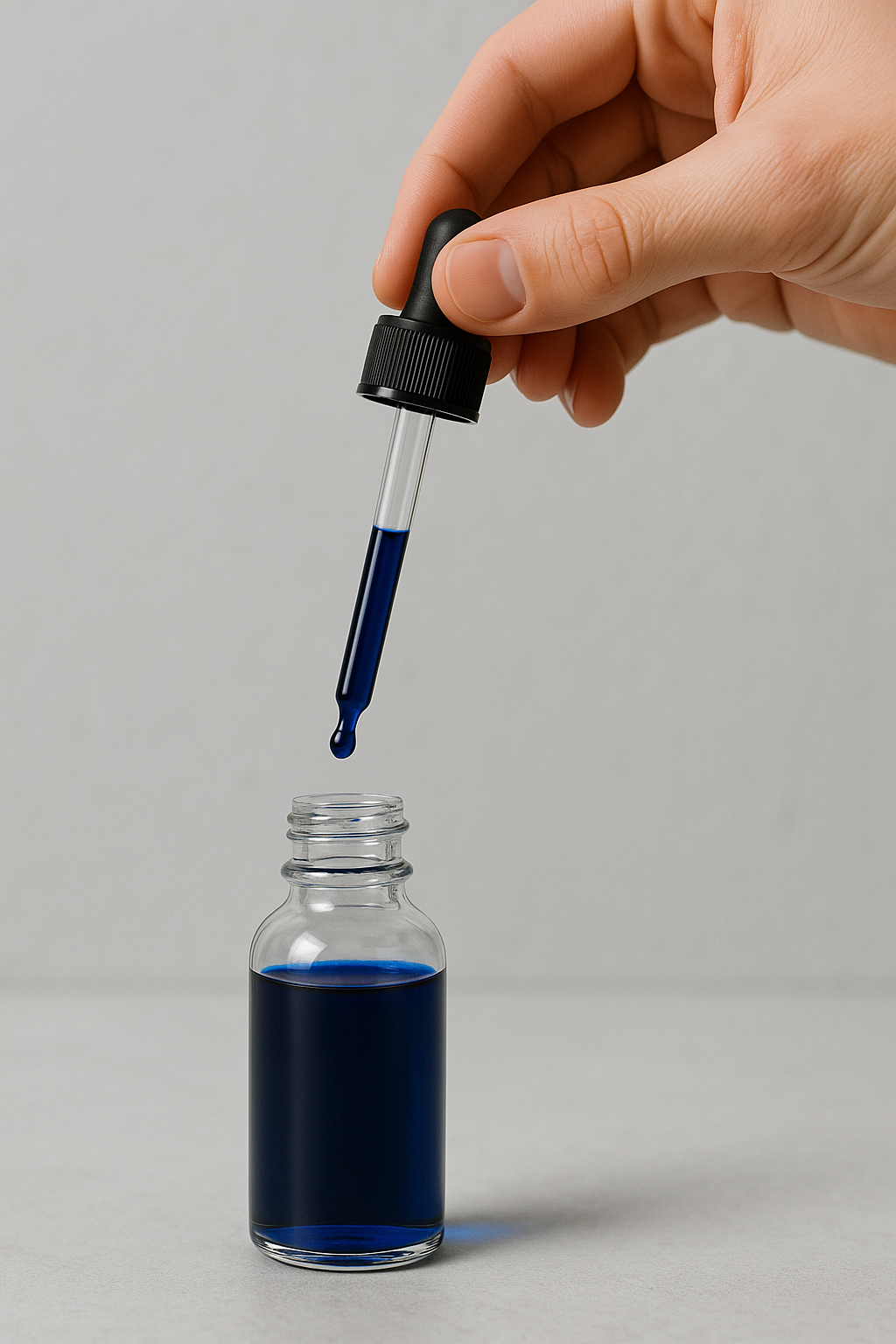
Methylene blue is an old synthetic dye that’s getting a very modern revival. Originally derived from coal tar and developed in the 19th century, it was first used as a malaria treatment and later found medical applications for methemoglobinemia, urinary tract infections, and even cyanide poisoning.
Now, more than a century later, methylene blue is being studied for mitochondrial support, cognitive enhancement, and longevity.
If you’ve heard about it recently, it’s likely from a biohacker, health influencer, or even a finance influencer touting its ability to boost focus, mood, and cellular energy. But is this all hype, or does methylene blue actually deliver real, science-backed benefits?
How Methylene Blue Works: Powering Up Cellular Energy
At its core, methylene blue acts as a redox mediator, meaning it can donate and accept electrons within the mitochondrial electron transport chain (ETC).
At low doses, it effectively bypasses damaged sections of the ETC, reducing the “leakage” of electrons that would otherwise form reactive oxygen species (ROS) — the culprits behind oxidative stress.
By improving the efficiency of cellular respiration, methylene blue helps sustain ATP production and reduces oxidative damage, giving cells a better energy reserve and greater resilience under stress.
In simpler terms: methylene blue acts like jumper cables for tired mitochondria.
When your cellular engines start to stall, it steps in to complete the circuit — keeping the energy flowing and your body running optimally.
Methylene Blue and Antioxidant Defense: Turning on the Body’s Firefighters
Another key benefit of methylene blue is its ability to activate Nrf2, a transcription factor that increases the production of the body’s antioxidant enzymes — including superoxide dismutase, catalase, and glutathione peroxidase.
Think of Nrf2 as the switch that turns on your cellular alarm system. When methylene blue flips that switch, it sends a call to your body’s internal firefighters — antioxidant enzymes — who rush in to neutralize oxidative stress before it spreads.
This dual mechanism of mitochondrial repair and antioxidant activation is what makes methylene blue such an intriguing nootropic supplement and longevity compound.
Cognitive and Neuroprotective Effects
Methylene blue’s brain-boosting reputation isn’t unfounded. Because neurons are incredibly energy-demanding, they rely heavily on mitochondrial function. Studies suggest methylene blue may:
- Enhance cognitive performance and memory
- Reduce amyloid-beta and tau protein aggregation, key drivers of Alzheimer’s disease
- Promote autophagy, the body’s cellular recycling process
- Improve neural survival and signaling in animal and early human trials
In one Phase II clinical trial, participants with Alzheimer’s disease showed measurable improvements in cognitive function after six months of methylene blue or its derivatives.
Anti-Aging and Longevity Potential
Beyond the brain, methylene blue shows promise in anti-aging research.
In animal and cell models, low-dose methylene blue has been shown to:
- Boost mitochondrial respiration
- Extend lifespan in certain organisms
- Improve cellular resilience against oxidative and metabolic stress
While these results are preliminary, they suggest methylene blue could one day play a role in mitochondrial rejuvenation therapies aimed at slowing the effects of aging.
Limitations, Risks, and Unanswered Questions
Despite the promising data, methylene blue research still faces big gaps.
Most studies are small, short-term, or conducted in animals or cell cultures. Large-scale human randomized controlled trials (RCTs) are still lacking.
Some of these include:
- Optimal dosing and delivery method (oral vs. IV)
- Long-term safety in healthy individuals
- Differences between methylene blue and its derivatives used in clinical trials
Overuse or high doses may also carry risks — including serotonin syndrome (when combined with certain antidepressants), urinary discoloration, or mild nausea.
In other words, while methylene blue is exciting, it’s not a “take-and-forget” supplement. More evidence is needed before it earns a solid place in mainstream medicine.
Final Thoughts: A Cautiously Hopeful Outlook
After reviewing the current research, methylene blue seems to be more hope than hype — but it’s early days. It has strong scientific rationale, encouraging early results, and clear biological mechanisms that make it worth watching closely.
Used responsibly and at appropriate doses, it may one day become a powerful tool for mitochondrial health, brain longevity, and cellular resilience.
Until more large-scale human data arrives, though, it’s best viewed as an experimental nootropic — a fascinating supplement with potential, but not yet proof.
Sources:
https://www.frontiersin.org/journals/cellular-neuroscience/articles/10.3389/fncel.2015.00179/full
https://pmc.ncbi.nlm.nih.gov/articles/PMC5826781/
https://translationalneurodegeneration.biomedcentral.com/articles/10.1186/s40035-020-00197-z
https://pmc.ncbi.nlm.nih.gov/articles/PMC10631450/
https://pmc.ncbi.nlm.nih.gov/articles/PMC8699482/
https://www.alzdiscovery.org/uploads/cognitive_vitality_media/Methylene-Blue-Cognitive-Vitality-For-Researchers.pdf
https://www.clinicaltrials.gov/study/NCT02380573
https://www.health.harvard.edu/diseases-and-conditions/what-to-know-about-methylene-blue
https://www.news-medical.net/health/Potential-Health-Benefits-of-Methylene-Blue.aspx
https://www.drugs.com/medical-answers/what-benefits-methylene-blue-3579794/
https://www.sciencealert.com/can-this-blue-chemical-really-boost-your-brain-heres-what-we-know
https://en.wikipedia.org/wiki/Methylene_blue
